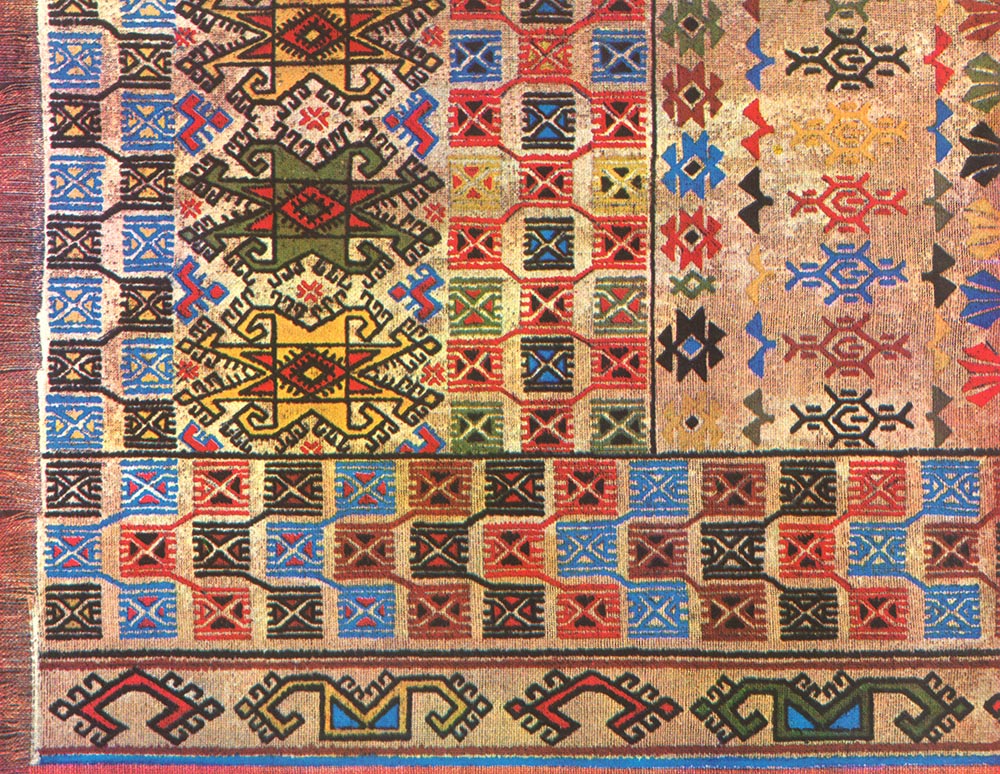Mass migration usually refers to the simultaneous and joint movement of large masses. It also refers to the movement of the same ethnic origin in different periods and completely different ways.
Turkmen tribes, who started to come from Central Asia to Anatolia at different times and from ways in the 11th century, stayed in different places from each other and came under different administrations.
At the same time, they established different principalities and states. They dispersed and migrated again due to environmental factors such as drought and especially Mongolian pressure. Eventually, they came to Anatolia again and mixed with other groups, or on the contrary, they managed to keep their traditions alive as completely introverted, isolated, traditional groups, away from external factors.
This social mobility was directly reflected in the weaving patterns and especially the patterns of the flat weaving techniques, which are an indispensable part of the immigrants' lives.
For this reason, some nomadic groups have woven archaic Turkmen patterns that have not changed since Central Asia, while some groups, influenced by their environment, produced new motifs and patterns and produced patterns with new compositions.
In this sense, to understand the patterns and stories, which are the most interesting, mysterious and important features of flat weavings, it is necessary to examine the life of the tribes. Since flat weavings (Anatolian rugs, Turkish rugs or kilims in general use) emerged for practical reasons to sustain the lives of these social associations for hundreds of years and over time served as a stamp/ distinguishing element for carving every tribe in maintaining their social identity.
Indeed, the weaving rugs of each tribe served as 'stamps' that distinguished them from other groups. Rugs or flat weavings of a particular pattern were woven by particular groups, they were like special stamps that did not mix with the others. Considering the living conditions and limited opportunities of ancient times, we can guess how important these stamps are in determining identity.
These motifs continued from generation to generation, with very minor personal changes, without deteriorating their main feature and meaning.
Today, although each weaving carries the characteristics of the common one before it, it becomes a unique work with very minor changes and additions made by the weaver.
With their deep-rooted structure and deep history, Anatolian rugs (also known as Turkish rugs) have always been timeless and stylish. These rugs, each of which is a work of art, deepen the texture of our spaces and tell us their stories in every touch, glance and impression.

